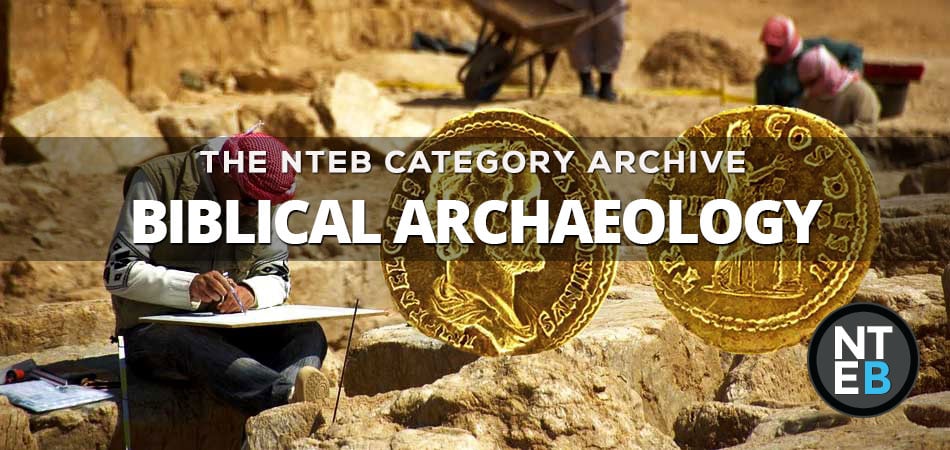
Discovery of a rare 2,000-year-old signet ring engraved with the Greek sun god Apollo gives new evidence of a pluralistic Jewry walking the streets of ancient Jerusalem during the Second Temple period, archaeologist Eli Shukron told The Times of Israel.
In various places in the New Testament, we read about the open idol worship that was taking place in First Century Jerusalem, something that the apostle Paul had to deal with on a regular basis. So with that in mind, it is fascinating that biblical archaeologists have found a ring engraved with the image of the Greek god Apollo.
"But when they knew that he was a Jew, all with one voice about the space of two hours cried out, Great is Diana of the Ephesians. And when the townclerk had appeased the people, he said, Ye men of Ephesus, what man is there that knoweth not how that the city of the Ephesians is a worshipper of the great goddess Diana, and of the image which fell down from Jupiter?" Acts 19:34,35 (KJB)
The counterfeit of the Devil has always existed alongside the real thing from God, and right up to the Second Advent, it always will. Many cultures have a flood legend, a madonna and child legend, and the list goes on and on. Jesus Christ created His Church at the cross 2,000 years ago, and the Devil created his fake church in the declining years of the Roman empire 300 years after that. Nice to see that 21st century researchers are finally catching up to the dusty, archaic, old King James Bible.

CLICK TO SEE THE EXCITING DISCOVERIES IN THE LAND OF
ISRAEL RELATED TO BIBLICAL ARCHAEOLOGY
In 2,000-year-old Apollo seal, a sunny glimpse of pluralism in ancient Jerusalem
FROM THE TIMES OF ISRAEL: “It allows us to see a Jerusalem that wasn’t some kind of ultra-Orthodox city, it was more pluralistic,” Shukron said, who is convinced the ring would have adorned a Jew’s finger. The fact that a Jew chose the symbol of a Greek god, “shows the wide variety of practices in Jerusalem. Everyone was a Jew, but there were different groups and perspectives,” he said. he dark brown jasper gem sealing (intaglio) was recently discovered at the Archaeological Sifting Project at Tzurim Valley National Park during the wet sifting of earth taken from ongoing City of David excavations of the foundations of the Western Wall.
Shukron said there is absolutely no doubt that it is Apollo who is engraved on the tiny, oval-shaped, 13 millimeter-long, 11 millimeter-wide, and 3 millimeter-thick sealing. It would usually have been used as a signature stamp on beeswax to seal contracts, letters, wills, and goods or bundles of money, according to a City of David press release.
The profile of Apollo has long flowing hair spilling over his sturdy neck. He has a large nose, thick lips, and small prominent chin, according to the press release. The styled hair is braided above his forehead, with long curls reaching the shoulder.
All of this adds up to the god Apollo in the eyes of a trained archaeologist. “You cannot miss it,” Shukron said. The question then arises, what is a nice Jewish neighborhood such as 1st century CE Jerusalem doing with a pagan Greek god?
According to Shukron, there are already a handful of archaeological artifacts dated to the Second Temple period in which Apollo plays a starring role: Two other Apollo gem sealings were discovered at Masada and another two were found in Jerusalem, one also from the Western Wall drainage tunnels excavations and one in a tomb on Mount Scopus. Shukron noted that whereas during the Roman period, other members of the Greek and Roman pantheon make appearances, for the centuries surrounding the turn of the Common Era, only Apollo has been found. The god symbolized light, health and general well-being and success — something everyone generally aspires to, he said, which is why the symbol was considered “kosher” for these Second Temple Jews.
“It’s important to see that Jerusalem is more than conservatism, there are people like this who [as evidenced by his adoption of a pagan symbol as his signature] would have had more freedom in their thinking,” said Shukron. What is also clear, through his very public use of the symbol, is that there would have been a group of Jews who accepted this usage as well.
Expert of engraved gems Prof. Shua Amorai-Stark made an assessment of the sealing and noted that “at the end of the Second Temple period, the sun god Apollo was one of the most popular and revered deities in Eastern Mediterranean regions. Apollo was a god of manifold functions, meanings, and epithets. Among Apollo’s spheres of responsibility, it is likely that association with sun and light (as well as with logic, reason, prophecy, and healing) fascinated some Jews, given that the element of light versus darkness was prominently present in Jewish worldview in those days,” he said. READ MORE
No comments:
Post a Comment